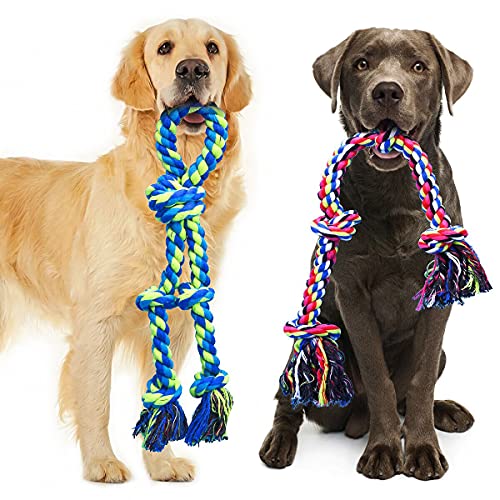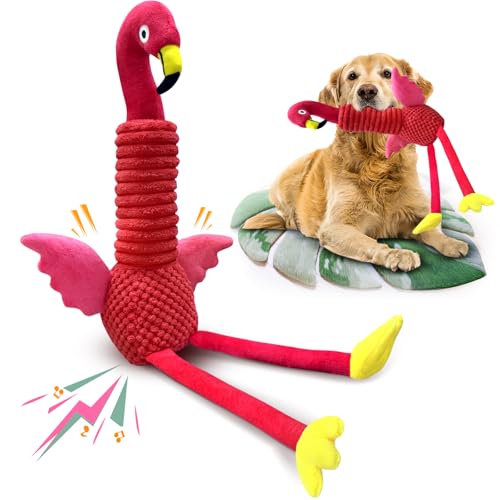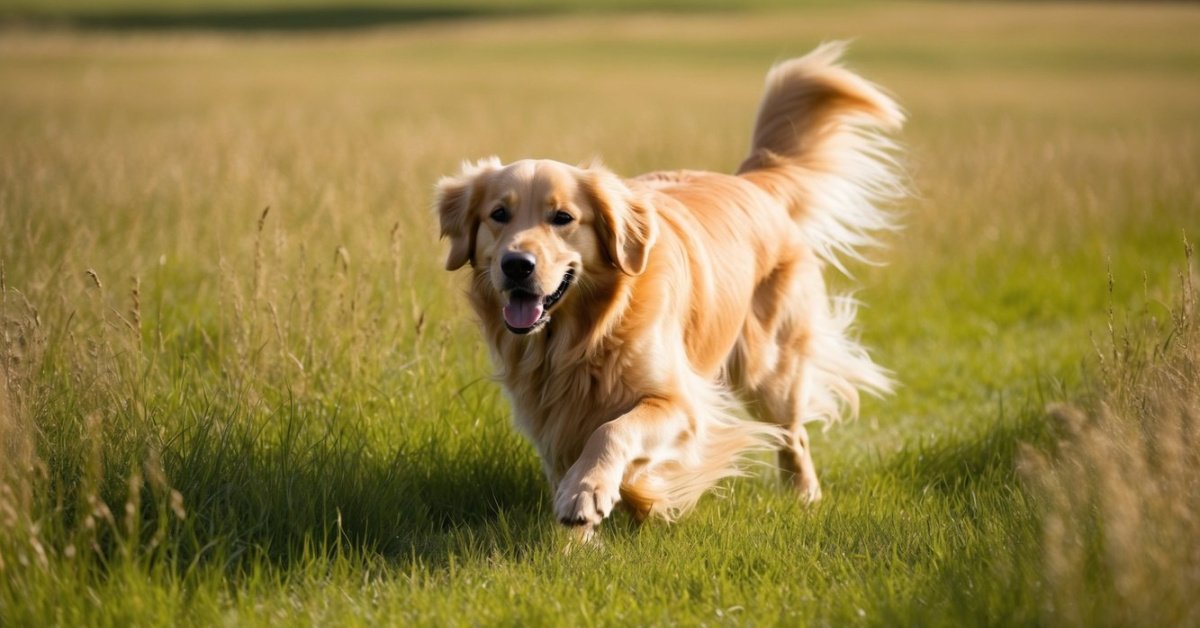Judging a Golden Retriever in shows can be both exciting and challenging. These friendly and intelligent dogs have a unique charm that makes them a favorite among many. As I’ve learned through my experiences, knowing what to look for can make all the difference when assessing their qualities and overall appearance.
In this article, I’ll share some key insights and tips on how to evaluate these wonderful dogs effectively. From understanding breed standards to recognizing individual traits, I’ll guide you through the essential aspects that contribute to a successful judging experience. Whether you’re a seasoned judge or just starting out, you’ll find valuable information to enhance your skills and appreciation for this beloved breed.
Understanding the Golden Retriever Standard
Understanding the Golden Retriever standard is crucial for successful judging. Knowing the breed’s history and traits provides a solid foundation for evaluation.
Breed History and Characteristics
The Golden Retriever originated in Scotland in the late 19th century. Developed by crossing the Yellow Water Spaniel, the Tweed Water Spaniel, and the Bloodhound, this breed aimed to retrieve game from water and land. Characterized by their friendly demeanor and intelligence, Golden Retrievers make excellent companions and service dogs. Their beautiful golden coats come in various shades, from light to dark gold.
Essential Traits to Look For
When judging Golden Retrievers, focus on these essential traits:
- Temperament: Friendly, intelligent, and eager to please.
- Structure: Balanced, athletic build with a strong, level topline.
- Coat: Dense, water-repellent outer coat with a soft undercoat; feathering should be present on legs and tails.
- Movement: Smooth, powerful gait with reach and drive.
- Head: Broad and strong with intelligent expression; dark eyes and well-defined stop.
Assessing each of these traits ensures a thorough evaluation of the Golden Retriever’s adherence to breed standards.
Assessing Physical Attributes
When judging Golden Retrievers, evaluating physical attributes is crucial for determining their quality and adherence to breed standards. Key areas of focus include the head and expression, as well as body structure and movement.
Head and Expression
I assess the head by looking for a broad skull with a moderate stop. The eyes should be dark brown and friendly, reflecting the breed’s gentle nature. A well-defined muzzle complements the head, providing a balanced appearance. Additionally, ears should hang close to the cheeks and blend into the overall head structure. Overall expression must convey intelligence and warmth, which are hallmarks of the breed.
Body Structure and Movement
I examine body structure by noting a strong, muscular build. The back should be straight, and the chest deep, providing ample lung capacity. Legs must be straight and strong, allowing for sound movement. I evaluate movement by observing the dog’s gait. Correct movement should exhibit a smooth, effortless stride, with proper reach and drive from the hindquarters. A Golden Retriever’s movement reflects its overall health and training, serving as an important indicator of its show quality.
Evaluating Temperament
Evaluating a Golden Retriever’s temperament involves observing their social behavior and trainability, both critical to understanding their suitability for shows.
Social Behavior
Social behavior reflects a Golden Retriever’s friendly and approachable nature. Judges should observe how the dog interacts with other dogs and people. A well-adjusted Golden Retriever displays eagerness to engage, showcasing a wagging tail, relaxed posture, and a willingness to greet others. Positive interactions include playful behavior and making friendly eye contact. If the dog shows signs of fear, aggression, or excessive shyness, it may indicate temperament issues that deviate from breed standards. A balanced demeanor promotes a harmonious atmosphere in the show ring.
Trainability
Trainability highlights a Golden Retriever’s intelligence and eagerness to please. Judges should assess the dog’s responsiveness to commands and cues. An ideal Golden will demonstrate the ability to follow basic commands like sit, stay, and heel without hesitation. A dog that engages positively during training sessions shows a strong bond with its handler, indicating a capable and willing partner in the ring. Observing these traits reveals how well a Golden Retriever can adapt to new environments and tasks, confirming overall temperament suitability for showing.
Importance of Conformation
Conformation plays a crucial role in the evaluation of Golden Retrievers during shows. It encompasses specific traits that define the breed standard, impacting both appearance and functionality. Understanding and applying these principles ensures an effective judging experience.
Understanding Judging Criteria
Judging criteria for Golden Retrievers includes several essential factors. Judges assess:

- Structure: A balanced and proportionate body build is vital. Ideally, Golden Retrievers should have a strong, muscular structure that supports their movement and purpose.
- Coat Quality: The coat should be dense, water-repellent, and of a rich golden color. Judges consider the length, texture, and overall condition during evaluations.
- Head and Expression: A well-defined skull with intelligent, dark brown eyes shows the breed’s friendly nature. The muzzle should be strong yet not overly long, contributing to an appealing expression.
- Movement: Judges should observe the dog’s gait. A smooth, fluid movement indicates confident structure and fitness.
« Essential Potty Training Tips for Golden Retriever Puppies: A Complete Guide
Golden Retriever Vaccine Reactions to Watch For: What Every Owner Should Know »
Being familiar with these criteria allows for a fair and consistent evaluation of conformation in Golden Retrievers.
Common Pitfalls to Avoid
Avoiding common pitfalls helps maintain judging integrity. Consider these factors:
- Neglecting Temperament: Focusing solely on physical attributes without observing temperament can misrepresent the breed’s character. Assessing behavior is crucial for a comprehensive evaluation.
- Ignoring Breed Standards: Straying from the established breed standard can lead to biased judging. Familiarity with accurate guidelines keeps evaluations aligned with recognized criteria.
- Overlooking Minor Flaws: Minor flaws can indicate deeper issues. Paying attention to them prevents overlooking critical aspects of conformation that could affect overall quality.
- Rushing Through Evaluations: Taking time to assess each dog thoroughly is essential. Rushing can lead to missed observations and hasty decisions.
By being mindful of these pitfalls, I can enhance the judging process and ensure fair evaluations of Golden Retrievers in shows.
Conclusion
Judging Golden Retrievers in shows is a rewarding experience that combines passion with a keen eye for detail. I’ve learned that understanding the breed’s standards and evaluating their temperament is just as important as assessing their physical attributes.
Each dog has its own unique personality and charm, which makes the judging process so enjoyable. By focusing on the key traits we discussed and being mindful of common pitfalls, I can ensure a fair and thorough evaluation.
Whether you’re a seasoned judge or just starting out, embracing the joy of this breed will make every show a memorable adventure. Happy judging!












![PetDroid Interactive Dog Toys Dog Ball,[2025 Newly Upgraded] Durable Motion](https://m.media-amazon.com/images/I/41P-nlk1L0L._SL500_.jpg)




